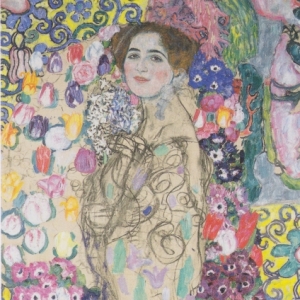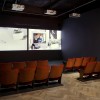Vienna was one of the most interesting and simmering art hubs of creativity at the turn of the 20th century. The National Gallery’s exhibition Facing the Modern: Portrait in Vienna 1900 emphasises and celebrates the popular Viennese genre of portraiture, presenting works from several iconic painters, including Egon Schiele, Gustav Klimt and Richard Gerstl.
The viewer is guided through six rooms, each with a different theme and wall colour to complement the subject. The exhibition is largely curated in chronological order in order to emphasise the linear progression of portraiture painting. In addition the exhibition gives us an insight into the differing aspects of the past Viennese lifestyles.
The layout is clear and well-structured; it enables the viewer to appreciate the portraits at a relaxed pace, and absorb the comprehensive information plaques. Combining a wide range of different artists, the exhibition reflects a multicultural city in a shifting period, and it is therefore crammed with contradicting counterparts. It highlights the growing importance of a liberal middle class, and also the conflict between intellectual Jewish elite and growing anti-Semitism. In the final room, unfinished sketches from the start of World War I are shown to signify the end of an era, artistically as well as politically.
The artists whose work is exhibited here are not treated as individuals, but as contributors to the overall subject of portraiture in Vienna. Facing the Modern: Portrait in Vienna 1900’s ideal spectator would be someone who has a general interest in the portraiture or Austrian scene as a whole, or longs for an introduction into any of its individual sub-genres.









